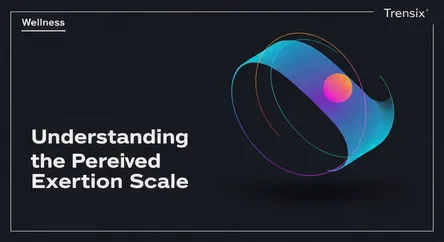Wellness
Understanding the Perceived Exertion Scale

Learn how the RPE scale helps you measure exercise intensity subjectively, making your workouts more effective and personalized without gadgets.
What is it?
The Rating of Perceived Exertion (RPE) scale is a subjective measurement of how hard you feel your body is working during physical activity. Developed by scientist Gunnar Borg, it helps individuals gauge their exercise intensity based on personal feelings of effort, breathlessness, and fatigue. There are two common versions: the original Borg Scale, which runs from 6 to 20, and a modified version, which is a simpler 0 to 10 scale. On the 6-20 scale, multiplying the number by 10 gives a rough estimate of your heart rate.
Why is it trending?
The RPE scale is gaining popularity as people seek more intuitive and less tech-reliant ways to manage their fitness. It empowers individuals to listen to their bodies rather than depending solely on heart rate monitors or other gadgets, which may not always be accurate, especially for those on certain medications like beta-blockers. This focus on self-awareness aligns with a broader wellness trend of personalized and mindful exercise. It's a versatile tool used by everyone from rehabilitation patients to elite athletes to tailor workout intensity for optimal results and to prevent overexertion.
How does it affect people?
Using the RPE scale allows people to better regulate their training and improve their endurance. It provides a simple way to stick to a workout plan's intended intensity—whether it's a light, moderate, or vigorous session. For example, a rating of 12-14 on the Borg scale typically corresponds to moderate-intensity activity. This helps individuals exercise safely and effectively, reducing the risk of injury while ensuring the workout is challenging enough to produce benefits. It also helps clinicians monitor progress in patients with cardiac or respiratory conditions.